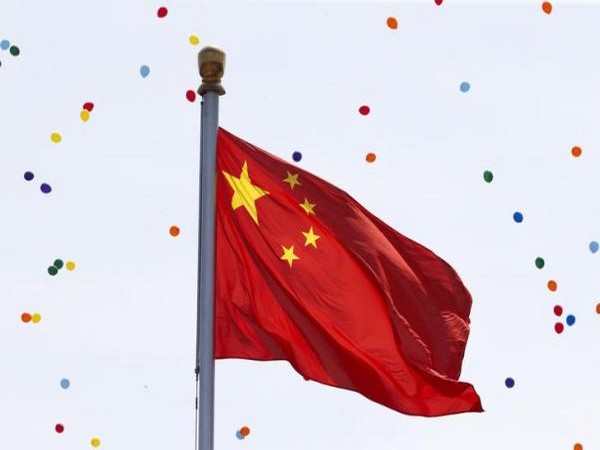BEIJING: The contraction gripping China’s manufacturing sector slowed in May, data showed Tuesday, as some factories gradually resumed work after officials eased some Covid lockdown measures.
The Purchasing Managers’ Index (PMI) — a key gauge of manufacturing activity — edged up to 49.6, officials said, from April’s 47.4, which was the worst reading since early 2020. However, the reading remained stuck below the 50-point mark separating growth from contraction.
The figures come as Beijing’s zero-Covid policy aimed at stamping out infections with lockdowns and mass testing is challenged by a surge in the fast-spreading Omicron variant.
Dozens of cities, including economic powerhouses Shanghai and Shenzhen, have been either fully or partially sealed off in recent months, prompting warnings of the gouge to growth being made by zero-Covid.
“The recent epidemic situation and changes in the international situation” hit economic activity, National Bureau of Statistics (NBS) statistician Zhao Qinghe said in a statement.
But production of synthetic fibers, rubber and plastic products rebounded in May, as well as auto production, according to the statement.
Zhao noted the price indexes for raw materials were lower than the previous month. While factory production and demand have improved “the recovery momentum still needs to be strengthened”, Zhao added.
China is the last major economy welded to a policy of mass testing and hard lockdowns to eliminate virus clusters, but the strict curbs have battered businesses. Covid cases have trended downward in recent weeks and local governments have gradually allowed some firms to resume operations.
The official non-manufacturing PMI rose to 47.8 from April’s 41.9, as retail and transport rebounded.
Financial hub Shanghai has said it will lift most restrictions on June 1 after two months of lockdown, while Beijing has eased some curbs. The government last week said it would offer tax relief and a bond drive to help industries, as President Xi Jinping called for an “all-out” infrastructure push.
The measures to prop up the economy also include increasing government procurement from smaller business as well as delaying some deadlines for social security payments by employers, according to details released on Tuesday.
But analysts cautioned that growth will remain weak until China eases its rigid virus controls.
Moody’s on Monday lowered its annual growth forecast for the world’s number two economy from 5.2 percent to 4.5 percent.
“Recovery is likely to remain tepid amid weak external demand and labour market strains,” Capital Economics economist Sheana Yue said in a note on Tuesday, adding that “there continue to be signs of supply chain disruptions.” (AFP)









Comment